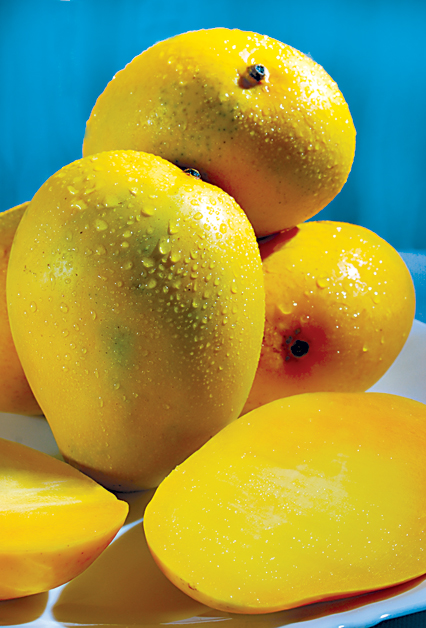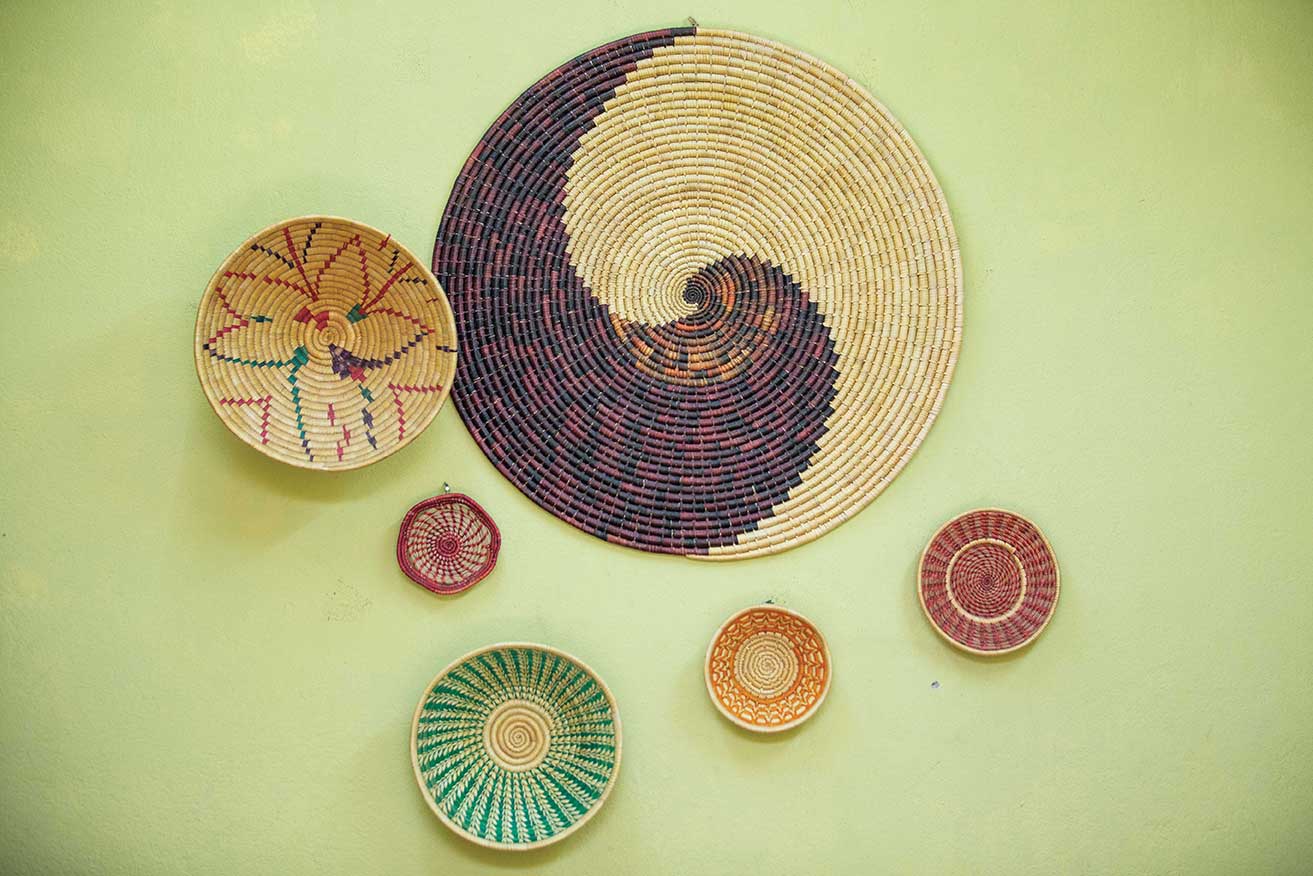The sight of this luscious, succulent, and juicy fruit is enough to get you salivating, if you wander around the groceries, or fruit stalls during the overbearingly scorching summer days of May/June. The temptation to indulge in one can be ‘oh-so-irresistible’. The ‘king of fruits’ occupies pride of place in the baskets of vendors, and lure customers to indulge in its deliciousness. No wonder we have a special tooth reserved just to slurp, gulp, and slobber over this intoxicating fruit – the Mango.
 Our infatuation for aap is something that is deep-rooted in our heritage. In Hindu mythology, it is believed that when Lord Shiva and Parvati came from the celestial heavens, they missed this heavenly fruit so much that Parvati requested Shiva to create a mango tree by his divine power. He fulfilled her desire and thus mangoes flourished for all people. That love for this fruit still holds strong. Pay a visit to the Kalimati or Kuleshwor vegetable and fruit markets and you would see people flocking by the dozens to buy the golden fruit at some form of discounted price.
Our infatuation for aap is something that is deep-rooted in our heritage. In Hindu mythology, it is believed that when Lord Shiva and Parvati came from the celestial heavens, they missed this heavenly fruit so much that Parvati requested Shiva to create a mango tree by his divine power. He fulfilled her desire and thus mangoes flourished for all people. That love for this fruit still holds strong. Pay a visit to the Kalimati or Kuleshwor vegetable and fruit markets and you would see people flocking by the dozens to buy the golden fruit at some form of discounted price.
Native to India and Burma, the fruit finds mention in the ancient Sanskrit literature, for example in Valmiki’s Rama-yana. The mango was also the fruit of the kings in ancient India, where princes used to pride themselves on the possession of large mango gardens. Persian traders took the fruit to the Middle East while the Portuguese brought it to Europe and the New World. Over 500 varieties of the mango in various shapes and sizes exists today, with over 750 hybrid selections having been perfected over the years. In Nepal, the Terai regions of Siraha, Sarlahi, Mahottari, Sunsari, Jhapa, Kap-ilavastu, and Morang are fertile breeding grounds. Some hilly districts like Kavre and Dhading also produce this fruit, totaling Nepal’s production to more than 140,000 megaton last year alone.
There are many types of mangoes avail-able in the market. From the exotic Rajapuri to the home-grown Supariya, mangoes come in all shapes, sizes, and color. Some of the famous ones found in Nepal include:
Alphonso - Produced during the mid-season, these mangoes are of the highest quality, and are equally expensive. They are used especially for canning, or pulping, and are mainly exported.
Bombay Yellow - This is another high quality mango which can be found abundantly in the Nepali markets. They are bright yellow-orange in color and are produced between the early seasons of February - April.
Maldaha - These have a rich and fleshy texture, and are found during the early monsoon months of April-June. Because of its wide availability and sweet-ness, this type is the most common.
Dussehri - This variety is grown in the northern part of India and is one of the best varieties imported to Ne-pal. The fruit size is small to medium, is elongated, and is mostly yellow in color. Their flesh is fibreless and this variety is available in the months of June-August.
Mangoes have a wide variation in their form, size, and quality. They come in round, oval, oblong, or somewhat kidney-shaped forms and range from 3 to 10 inches in length and weigh around 1.5-2.8 kilograms. Most are rich in taste, sweet and are pleasantly fragrant. Their fl esh ranges from light or dark green, to pale-yellow and deep-orange when ripe. They might not be your daily dietary option because of their 15% sugar content, but they do have loads of Vitamin A, B, and C, and other minerals benefi cial for health. In various parts of Nepal, mangoes are used for their medicinal qualities. They are beneficial as kidney tonics and cure for headaches. Bark of the mango tree is used for strengthening the nervous and blood systems, ridding the body of toxins and treating anaemia. Dried mango flowers are used to cure dysentery, diarrhoea and inflammation of the urinary tract. Also, crushed mango seeds are used to clot bleeding.
Mangoes have been a part of our culture for centuries. Described deservedly as the “Fruit of the Gods”, mangoes are without a doubt, the perennial favorites among all other fruits.











